|
Sarika is in Kanha Tiger Reserve with colleagues (not the ones photographed above) on a National Geographic Society-funded project, Soundscapes and Stories. Here, she takes a nap under a tree where the cattle must also like to rest. She's working in communities in the buffer of Kanha Tiger Reserve and due to the nature of the work, which involves building trust with people, a lot of things are confidential and cannot be shared. She's documenting her research on Instagram if you want to follow along.
Founder and Executive Director, Sarika Khanwilkar, successfully defended her PhD in January! Her dissertation, "Social and ecological insights across landscape, community, and household scales: forest health, governance, and livelihoods in central India," will be published later this year. Congratulations, Dr. Sarika.
Sarika was invited to speak at the African Wildlife Symposium, an event held in New York City. She spoke about India's recent 'Project Cheetah,' which is bringing cheetahs from Africa to India in Kuno National Park (Kuno). Sarika worked for two months in Kuno in the summer of 2017, and has published a peer-review article estimating leopard densities in the area. She spoke about Kuno and what 'Project Cheetah' means for tigers across the larger central Indian landscape and communities living around Kuno.
Collaborations, across sectors and borders, are critical for conservation and the Wild Tiger team has been busy building partnerships behind the scenes in the last couple of months. Tomorrow, Sarika heads to Washington DC for the International Society for Forensic Genetics 2022 congress. Here, we are building collaborations with experts from around the world on forensic genetics of tigers and continuing our work on the illegal trade in tiger parts. At the end of September, Sarika will be attending the Big Cat Sanctuary Alliance conference in St. Louis, MS. We are hoping to find common interest with the member organizations, U.S.-based sanctuaries, who have been so critical in bringing awareness to the tiger crisis and shaping captive big cat policy in the U.S.
If you're on Instagram, follow Sarika (@sarikalivingwild) for live updates at these events.
We are the experts they're talking about in this video! Happy to see our work and message shared by Mongabay, a nonprofit environmental science and conservation news platform. Watch the short film and then help us continue to do this important work by donating to Wild Tiger at www.wild-tiger.org/donate.
Devin Thorpe (who has interviewed people like Bill Gates!) invited Sarika on his podcast, Superpowers for Good: leadership lessons from - and for - the world's great changemakers. Listen anywhere you get your podcasts or at this link.
Watch "Diving deep into the wildlife trade" by Wild Tiger's Sarika Khanwilkar in conversation with Adv. Mridula Vijairaghavan, an environmental lawyer. The two discuss global tiger trafficking and connections between what is happening in the United States and India. Thanks to Orange City Literature Festival, Raisoni Group, and SGR Knowledge Foundation for the invitation.
Tune into episode 65 of Rewildology, where Sarika dives deep into the beginnings of her career and into her most recent research in tiger trafficking in the United States.
The podcast is available online wherever you get your podcasts, at this link, or on YouTube. We led a campaign on Instagram, reaching more than 50,000 people around the world with the help of our collaborators including Sanctuary Asia, Jackson Wild, and the Ecology, Evolution, and Environmental Biology Department. Sarika worked with Pooja Gupta, a scientific illustrator and communicator, to develop the campaign. Check out the graphics below. Part 1 Part 2 Part 3 Part 4 Wild Tiger's Sarika Khanwilkar co-authored a policy commentary published in Mongabay. Read the article here.
This is Wild Tiger's action-oriented research in action. |
AuthorRegular updates from the Wild Tiger team. Archives
February 2023
Categories
All
|

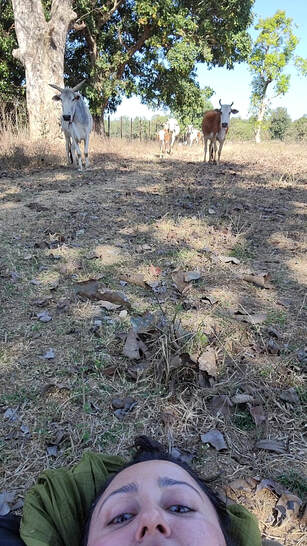
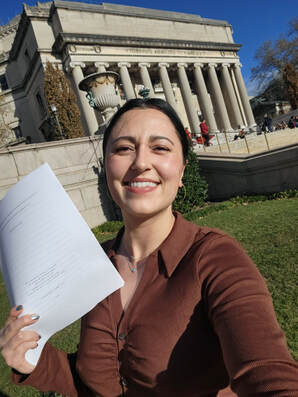
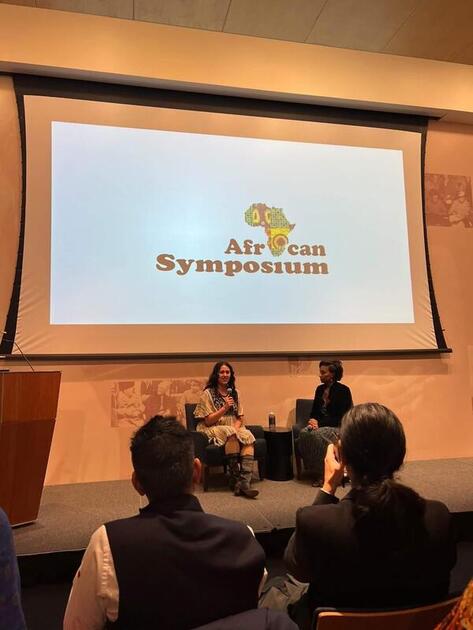


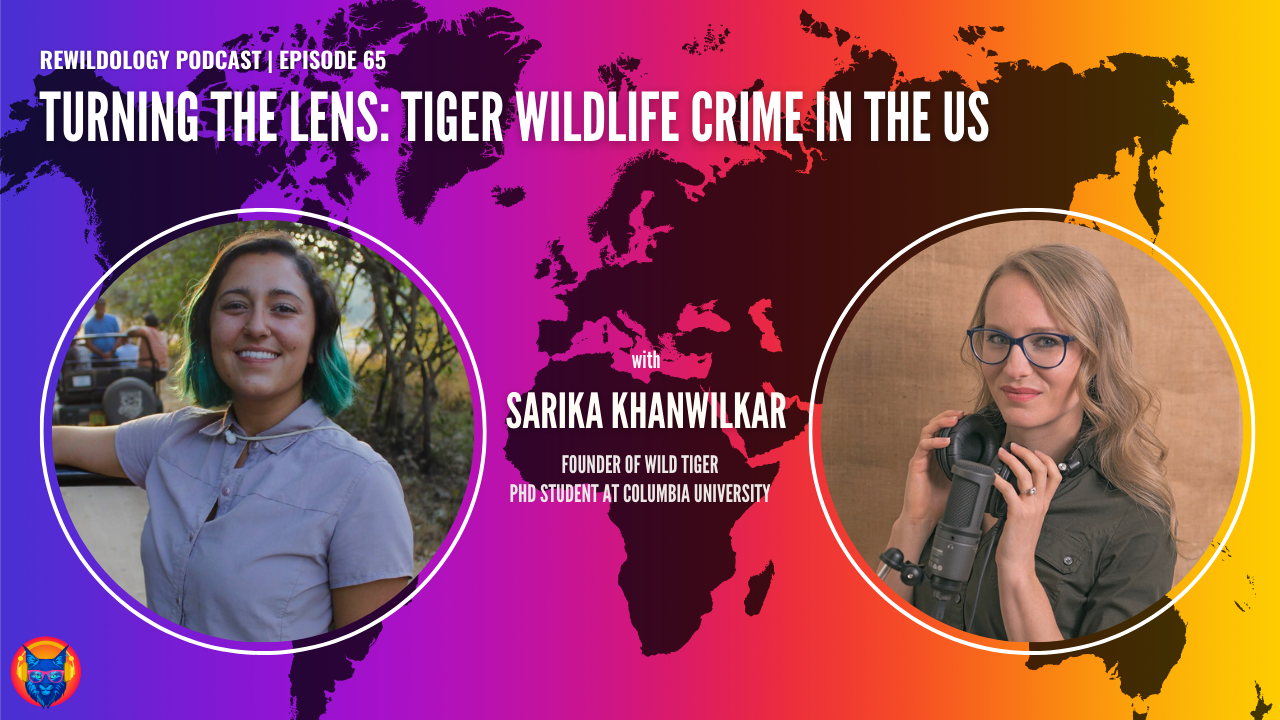
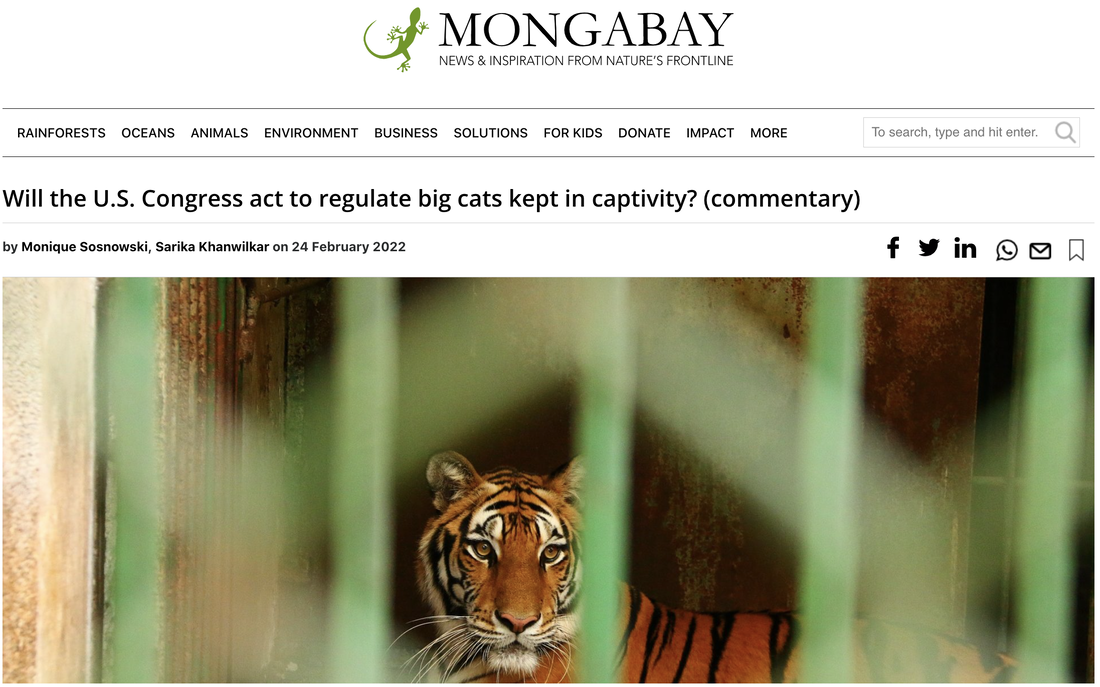
 RSS Feed
RSS Feed
